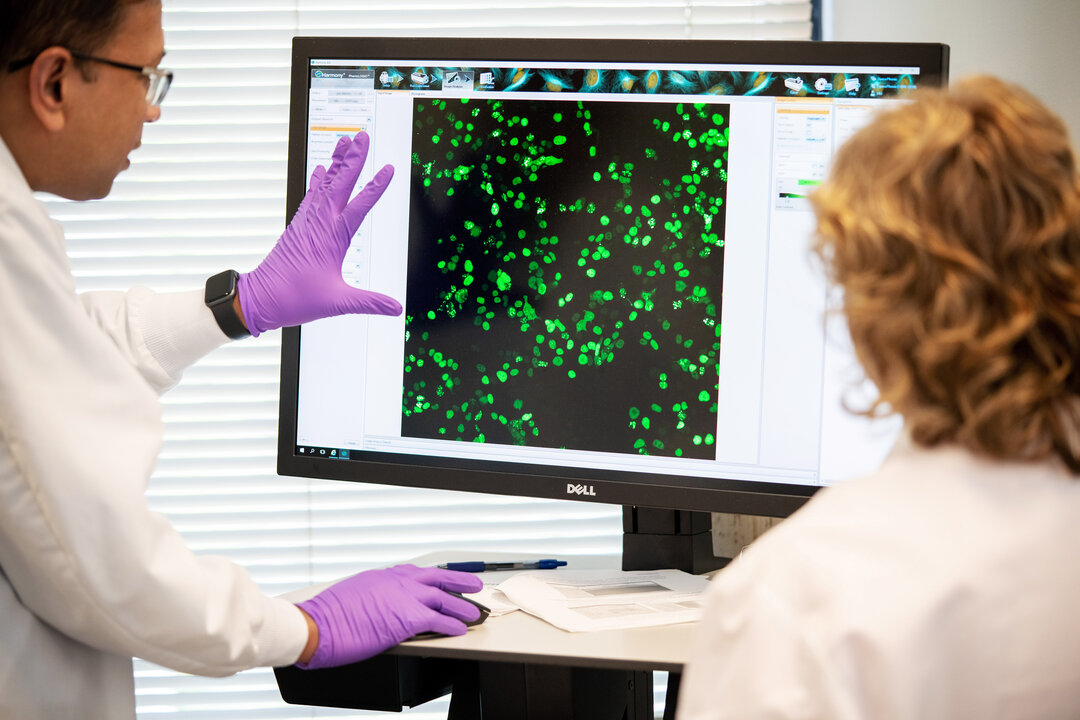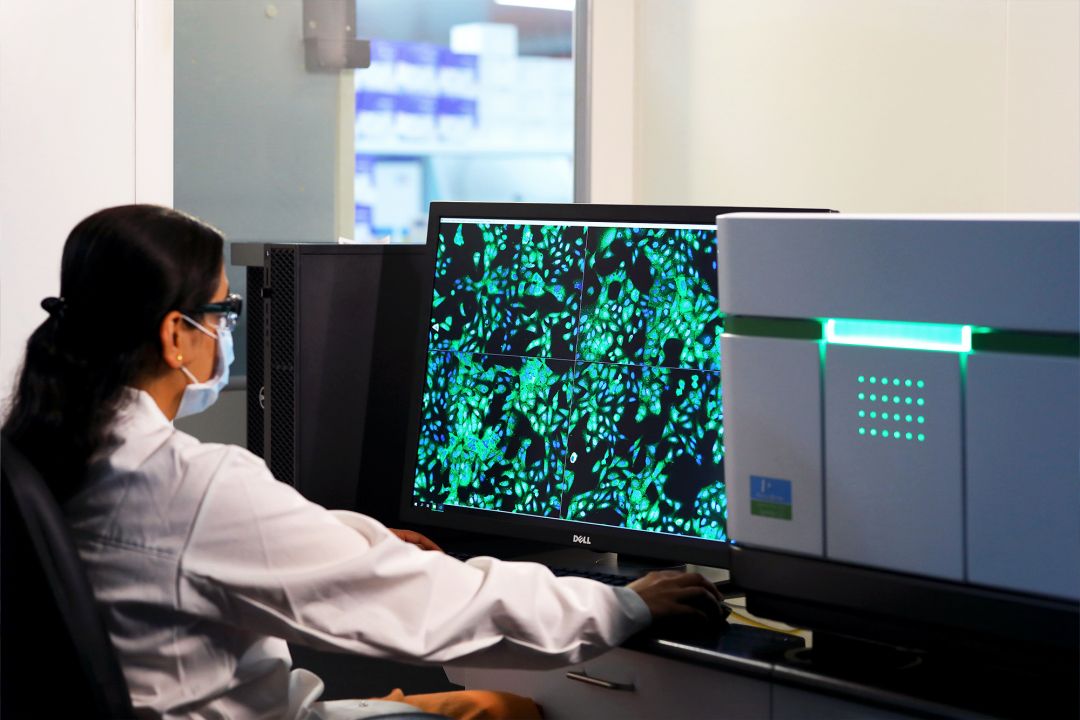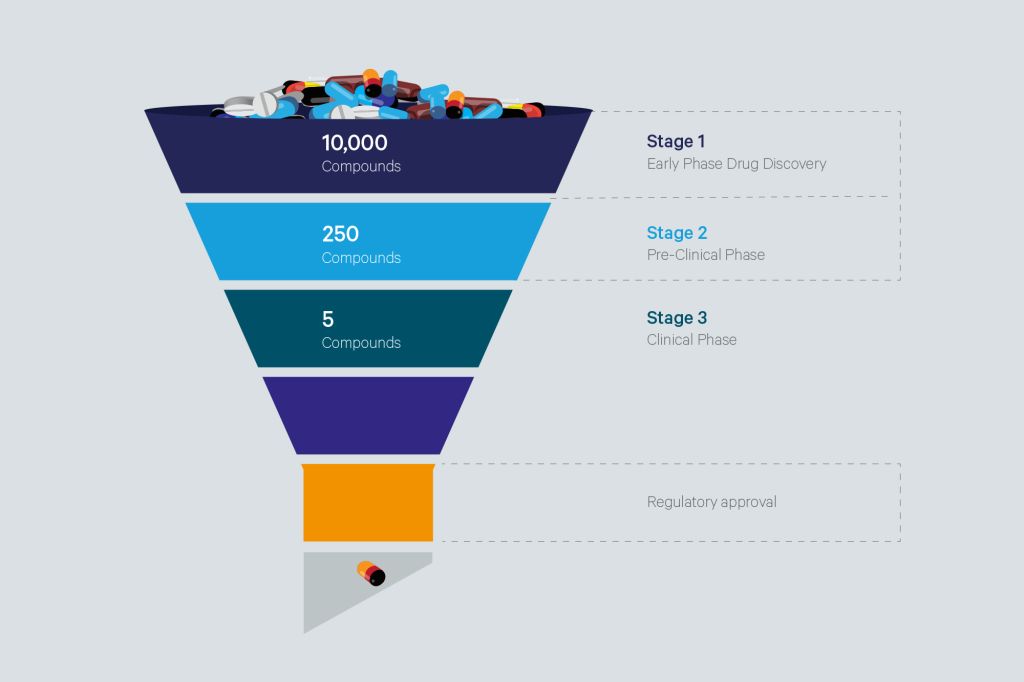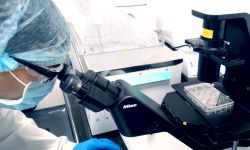Understanding Lipinski’s Rule of 5 and the Role of LogP Value in Drug Design and Development
An important physicochemical property for a drug compound is its Lipophilicity. This single property dictates many aspects of the performance of the drug, such as solubility, absorption from the gut, membrane permeability, distribution via blood by binding to plasma protein, crossing the blood-brain barrier, organ entry, and metabolism/clearance from the body (ADME properties).
The partition coefficient (P = [organic]/[aqueous]) is a measure of lipophilicity and is defined as the ability of a compound to differentially dissolve in a mixture of water and lipids/organic solvents. Although P can be determined experimentally, achieving this for a large number of compounds can be challenging. In fact, P is computed to help prioritise the synthesis of the right compounds and reduce the liabilities of new drug candidates.
The log10 value of P (LogP) is a constant and is a negative value for hydrophilic compounds (higher affinity for the aqueous phase), a positive value for lipophilic compounds (higher affinity for the lipid/organic solvent phase), and zero (0) value for compounds which partition equally between lipid and aqueous phases. For example, if LogP = 1 it means that the partitioning of the compound is 10 times more in lipid/organic solvent phase compared to aqueous phase.
LogP is an important component of Lipinski’s Rule of 5 recommendations which predicts the drug-likeness of a new synthetic compound. According to Lipinski’s Rule of 5, an oral drug should have a LogP value <5, ideally between 1.35-1.8 for good oral and intestinal absorption.
For CNS targeting drugs (capable of crossing the blood-brain barrier) the LogP value should be around 2, while in the case of drugs developed for sub-lingual absorption the LogP value should be >5.
LogP is a critical measure that not only determines how well a drug will be absorbed, transported, and distributed in the body but also dictates how a drug should be formulated and dosed.
For example, a drug with low aqueous solubility and high lipophilicity (high positive LogP) will be compromised in bioavailability. Moreover, it will be sequestered in fatty tissues and therefore its plasma levels cannot be maintained. This in turn will affect the therapeutic efficacy (even a drug with high in vitro potency will not be an effective drug) and excretion of the drug, resulting in increased systemic toxicity.
Lipophilicity is calculated using a collection of training data-set available for molecules and fragments that contribute to sub-structures and functional groups of molecules.
Basically, there are three different approaches to calculate LogP; 1) Atomic method which considers the contribution of each atom of molecule in a purely additive manner. 2) Fragment method which considers contribution from sub-structures and functional groups along with accounting for proximity effects. 3) Property method which involves computational predictions.
One aspect that needs to be kept in mind while using LogP value is that it only correctly describes the partition coefficient of uncharged molecules. To address this a variant of LogP called LogD has been described which is calculated in a similar manner to LogP except that the aqueous phase is adjusted to a desired pH. Typically LogD is calculated at pH=7.4 which is the physiological relevant pH. But lower (acidic) to higher (basic) pH values can be considered in studies where the absorption of the compound in different parts of the digestive system (which differ in pH) needs to be determined. Overall, lipophilicity is a critical parameter that dictates the efficacy and success of a drug candidate.





